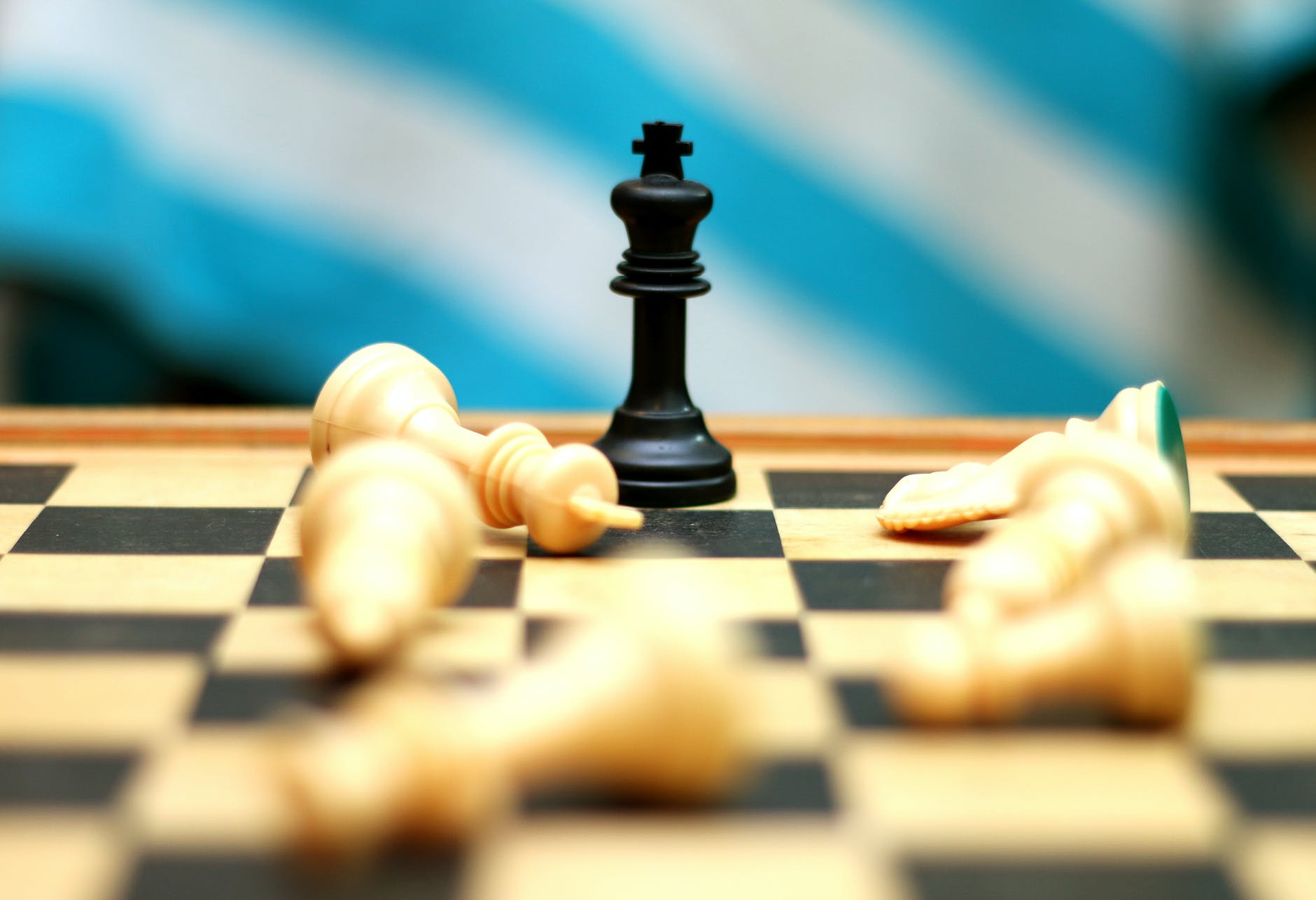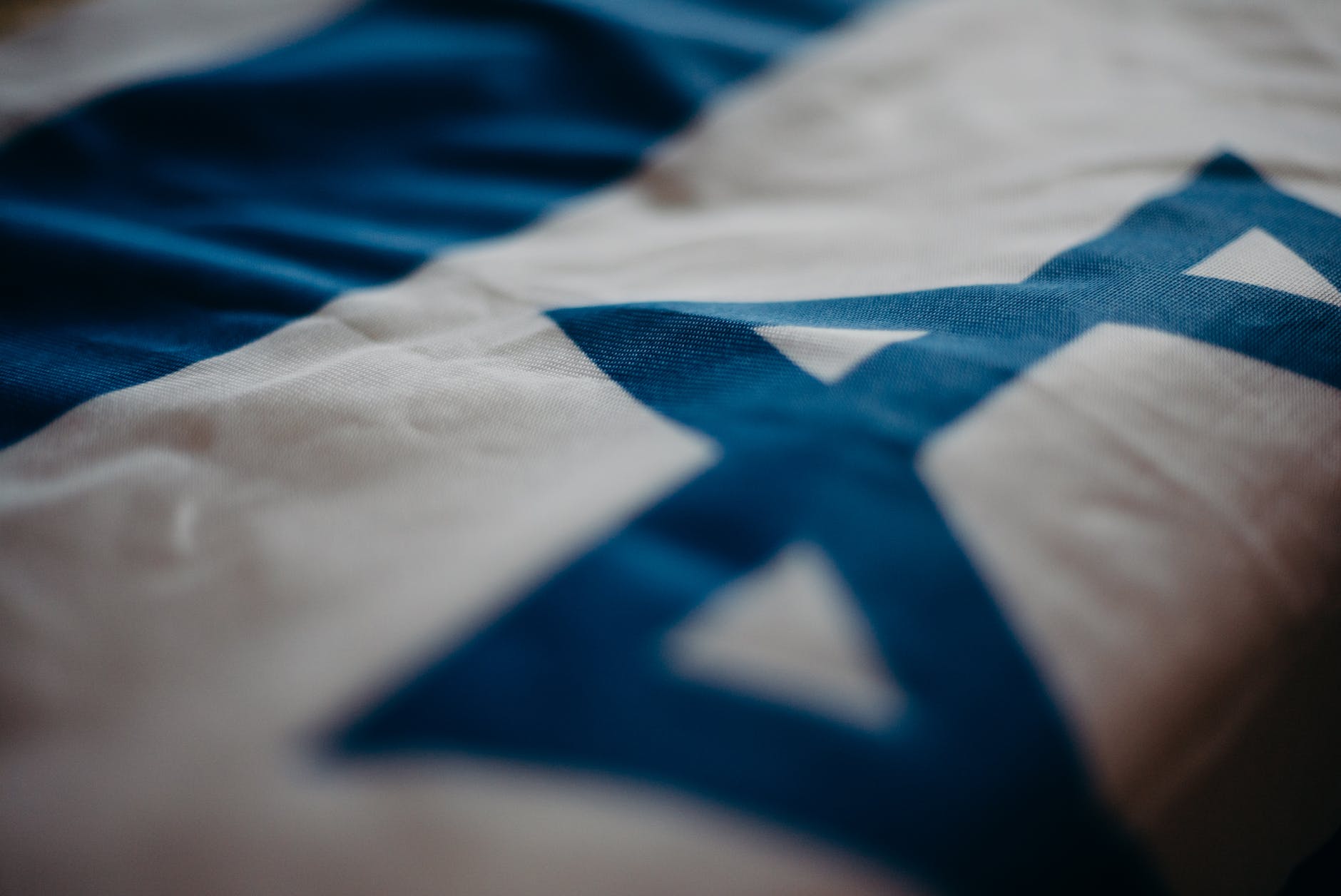
by Jacques Baud, The Postil Magazine, 4/1/22
Note: The main thing I would take issue with the author on is his characterization of the Holodomor. I go into the factors that led to that tragic famine in my book. I found no support in my research for his characterization. But other than that, this is a very interesting article from someone with relevant background experience on the war in Ukraine since 2014. – Natylie
Jacques Baud is a former colonel of the General Staff, ex-member of the Swiss strategic intelligence, specialist on Eastern countries. He was trained in the American and British intelligence services. He has served as Policy Chief for United Nations Peace Operations. As a UN expert on rule of law and security institutions, he designed and led the first multidimensional UN intelligence unit in the Sudan. He has worked for the African Union and was for 5 years responsible for the fight, at NATO, against the proliferation of small arms. He was involved in discussions with the highest Russian military and intelligence officials just after the fall of the USSR. Within NATO, he followed the 2014 Ukrainian crisis and later participated in programs to assist the Ukraine. He is the author of several books on intelligence, war and terrorism, in particular Le Détournement published by SIGEST, Gouverner par les fake news, L’affaire Navalny. His latest book is Poutine, maître du jeu? published by Max Milo. This article appears through the gracious courtesy of Centre Français de Recherche sur le Renseignement, Paris.
Part One: The Road To War
For years, from Mali to Afghanistan, I have worked for peace and risked my life for it. It is therefore not a question of justifying war, but of understanding what led us to it. I notice that the “experts” who take turns on television analyze the situation on the basis of dubious information, most often hypotheses erected as facts—and then we no longer manage to understand what is happening. This is how panics are created.
The problem is not so much to know who is right in this conflict, but to question the way our leaders make their decisions.
Let’s try to examine the roots of the conflict. It starts with those who for the last eight years have been talking about “separatists” or “independentists” from Donbass. This is not true. The referendums conducted by the two self-proclaimed Republics of Donetsk and Lugansk in May 2014, were not referendums of “independence” (независимость), as some unscrupulous journalists have claimed, but referendums of “self-determination” or “autonomy” (самостоятельность). The qualifier “pro-Russian” suggests that Russia was a party to the conflict, which was not the case, and the term “Russian speakers” would have been more honest. Moreover, these referendums were conducted against the advice of Vladimir Putin.
In fact, these Republics were not seeking to separate from Ukraine, but to have a status of autonomy, guaranteeing them the use of the Russian language as an official language. For the first legislative act of the new government resulting from the overthrow of President Yanukovych, was the abolition, on February 23, 2014, of the Kivalov-Kolesnichenko law of 2012 that made Russian an official language. A bit like if putschists decided that French and Italian would no longer be official languages in Switzerland.
This decision caused a storm in the Russian-speaking population. The result was a fierce repression against the Russian-speaking regions (Odessa, Dnepropetrovsk, Kharkov, Lugansk and Donetsk) which was carried out beginning in February 2014 and led to a militarization of the situation and some massacres (in Odessa and Marioupol, for the most notable). At the end of summer 2014, only the self-proclaimed Republics of Donetsk and Lugansk remained.
At this stage, too rigid and engrossed in a doctrinaire approach to the art of operations, the Ukrainian general staff subdued the enemy without managing to prevail. The examination of the course of the fighting in 2014-2016 in the Donbass shows that the Ukrainian general staff systematically and mechanically applied the same operative schemes. However, the war waged by the autonomists was very similar to what we observed in the Sahel: highly mobile operations conducted with light means. With a more flexible and less doctrinaire approach, the rebels were able to exploit the inertia of Ukrainian forces to repeatedly “trap” them.
In 2014, when I was at NATO, I was responsible for the fight against the proliferation of small arms, and we were trying to detect Russian arms deliveries to the rebels, to see if Moscow was involved. The information we received then came almost entirely from Polish intelligence services and did not “fit” with the information coming from the OSCE—despite rather crude allegations, there were no deliveries of weapons and military equipment from Russia.
The rebels were armed thanks to the defection of Russian-speaking Ukrainian units that went over to the rebel side. As Ukrainian failures continued, tank, artillery and anti-aircraft battalions swelled the ranks of the autonomists. This is what pushed the Ukrainians to commit to the Minsk Agreements.
But just after signing the Minsk 1 Agreements, the Ukrainian President Petro Poroshenko launched a massive anti-terrorist operation (ATO/Антитерористична операція) against the Donbass. Bis repetita placent: poorly advised by NATO officers, the Ukrainians suffered a crushing defeat in Debaltsevo, which forced them to engage in the Minsk 2 Agreements.
It is essential to recall here that Minsk 1 (September 2014) and Minsk 2 (February 2015) Agreements did not provide for the separation or independence of the Republics, but their autonomy within the framework of Ukraine. Those who have read the Agreements (there are very, very, very few of those who actually have) will note that it is written in all letters that the status of the Republics was to be negotiated between Kiev and the representatives of the Republics, for an internal solution to the Ukraine.
That is why since 2014, Russia has systematically demanded their implementation while refusing to be a party to the negotiations, because it was an internal matter of the Ukraine. On the other side, the West—led by France—systematically tried to replace the Minsk Agreements with the “Normandy format,” which put Russians and Ukrainians face-to-face. However, let us remember that there were never any Russian troops in the Donbass before 23-24 February 2022. Moreover, OSCE observers have never observed the slightest trace of Russian units operating in the Donbass. For example, the U.S. intelligence map published by the Washington Post on December 3, 2021 does not show Russian troops in the Donbass.
In October 2015, Vasyl Hrytsak, director of the Ukrainian Security Service (SBU), confessed that only 56 Russian fighters had been observed in the Donbass. This was exactly comparable to the Swiss who went to fight in Bosnia on weekends, in the 1990s, or the French who go to fight in the Ukraine today.
The Ukrainian army was then in a deplorable state. In October 2018, after four years of war, the chief Ukrainian military prosecutor, Anatoly Matios, stated that Ukraine had lost 2,700 men in the Donbass: 891 from illnesses, 318 from road accidents, 177 from other accidents, 175 from poisonings (alcohol, drugs), 172 from careless handling of weapons, 101 from breaches of security regulations, 228 from murders and 615 from suicides.
In fact, the army was undermined by the corruption of its cadres and no longer enjoyed the support of the population. According to a British Home Office report, in the March/April 2014 recall of reservists, 70 percent did not show up for the first session, 80 percent for the second, 90 percent for the third, and 95 percent for the fourth. In October/November 2017, 70% of conscripts did not show up for the “Fall 2017” recall campaign. This is not counting suicides and desertions (often over to the autonomists), which reached up to 30 percent of the workforce in the ATO area. Young Ukrainians refused to go and fight in the Donbass and preferred emigration, which also explains, at least partially, the demographic deficit of the country.
The Ukrainian Ministry of Defense then turned to NATO to help make its armed forces more “attractive.” Having already worked on similar projects within the framework of the United Nations, I was asked by NATO to participate in a program to restore the image of the Ukrainian armed forces. But this is a long-term process and the Ukrainians wanted to move quickly.
So, to compensate for the lack of soldiers, the Ukrainian government resorted to paramilitary militias. They are essentially composed of foreign mercenaries, often extreme right-wing militants. In 2020, they constituted about 40 percent of the Ukrainian forces and numbered about 102,000 men, according to Reuters. They were armed, financed and trained by the United States, Great Britain, Canada and France. There were more than 19 nationalities—including Swiss.
Western countries have thus clearly created and supported Ukrainian far-right militias. In October 2021, the Jerusalem Post sounded the alarm by denouncing the Centuria project. These militias had been operating in the Donbass since 2014, with Western support. Even if one can argue about the term “Nazi,” the fact remains that these militias are violent, convey a nauseating ideology and are virulently anti-Semitic. Their anti-Semitism is more cultural than political, which is why the term “Nazi” is not really appropriate. Their hatred of the Jew stems from the great famines of the 1920s and 1930s in the Ukraine, resulting from Stalin’s confiscation of crops to finance the modernization of the Red Army. This genocide—known in the Ukraine as the Holodomor—was perpetrated by the NKVD (the forerunner of the KGB), whose upper echelons of leadership were mainly composed of Jews. This is why, today, Ukrainian extremists are asking Israel to apologize for the crimes of communism, as the Jerusalem Post notes. This is a far cry from Vladimir Putin’s “rewriting of history.”
These militias, originating from the far-right groups that animated the Euromaidan revolution in 2014, are composed of fanatical and brutal individuals. The best known of these is the Azov Regiment, whose emblem is reminiscent of the 2nd SS Das Reich Panzer Division, which is revered in the Ukraine for liberating Kharkov from the Soviets in 1943, before carrying out the 1944 Oradour-sur-Glane massacre in France.
Among the famous figures of the Azov regiment was the opponent Roman Protassevitch, arrested in 2021 by the Belarusian authorities following the case of RyanAir flight FR4978. On May 23, 2021, the deliberate hijacking of an airliner by a MiG-29—supposedly with Putin’s approval—was mentioned as a reason for arresting Protassevich, although the information available at the time did not confirm this scenario at all.
But then it was necessary to show that President Lukashenko was a thug and Protassevich a “journalist” who loved democracy. However, a rather revealing investigation produced by an American NGO in 2020 highlighted Protassevitch’s far-right militant activities. The Western conspiracy movement then started, and unscrupulous media “air-brushed” his biography. Finally, in January 2022, the ICAO report was published and showed that despite some procedural errors, Belarus acted in accordance with the rules in force and that the MiG-29 took off 15 minutes after the RyanAir pilot decided to land in Minsk. So no Belarusian plot and even less Putin. Ah!… Another detail: Protassevitch, cruelly tortured by the Belarusian police, was now free. Those who would like to correspond with him, can go on his Twitter account.
The characterization of the Ukrainian paramilitaries as “Nazis” or “neo-Nazis” is considered Russian propaganda. Perhaps. But that’s not the view of the Times of Israel, the Simon Wiesenthal Center or the West Point Academy’s Center for Counterterrorism. But that’s still debatable, because in 2014, Newsweek magazine seemed to associate them more with… the Islamic State. Take your pick!
So, the West supported and continued to arm militias that have been guilty of numerous crimes against civilian populations since 2014: rape, torture and massacres. But while the Swiss government has been very quick to take sanctions against Russia, it has not adopted any against the Ukraine, which has been massacring its own population since 2014. In fact, those who defend human rights in the Ukraine have long condemned the actions of these groups, but have not been supported by our governments. Because, in reality, we are not trying to help the Ukraine, but to fight Russia…
Read full article here.


